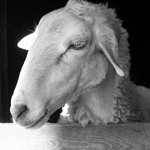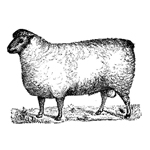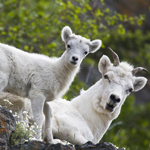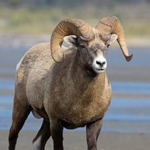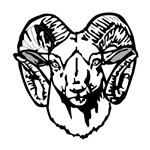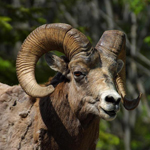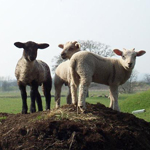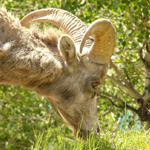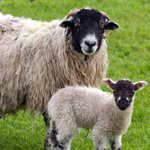
Like the wolf that stayed at the edge of an ancient campfire and over time became our constant companion, the dog, and in a similar fashion to other herd animals like cattle and goats, sheep were also among the very first wild animals to be domesticated. And in the transformation from a wild to a domestic creature, our images of sheep, both conscious and unconscious were forever altered. The ram is the male member of the sheep family, the female the ewe, and the lamb, the newborn.
Ten thousand years ago, Saharan rock paintings portrayed humans worshipping the ram, which was depicted with a solar disc between its horns. Symbol of spring and fire and the return of warm days, the ram has long been associated with new beginnings and strength and assertiveness. In the Greek Zodiac, Aries the Ram is the first of the twelve signs, and also the symbol of Mars, the Roman god of fire. Those born under this sign are potentially artistic with a great sense of fashion.
In Christian art, the sheep is often depicted as a mild and innocent creature, sometimes as sacrificial martyr, or in the company of saints. 'Lost sheep' and 'black sheep' were terms that described the sinner and the unrepentant. In old folklore, the sheep was often a symbol of dimwittedness, and pertained to one who lacked the ability to take responsibility for their own life.
See also: Capricorn, Year of the Sheep Zodiac, Aries, Goat and Animal Tattoo Index.


